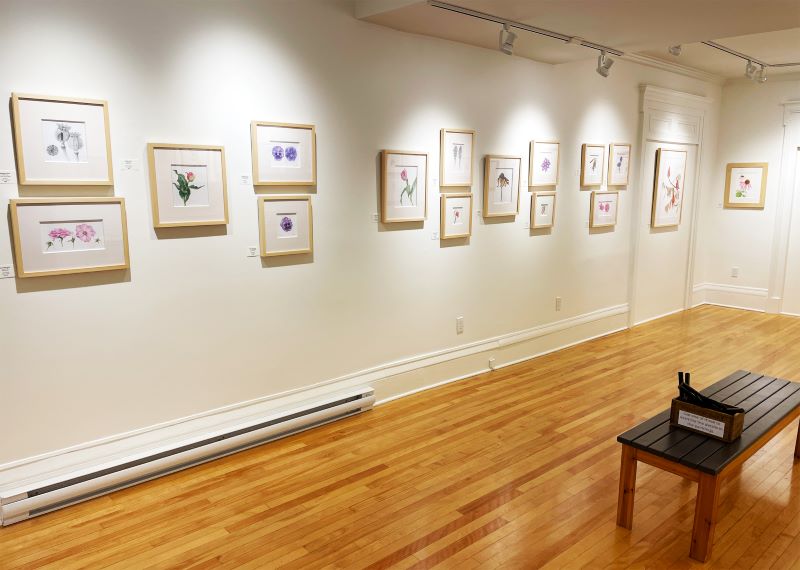How to price a painting has always posed difficulties for botanical artists. Unfortunately, there is no magic formula. In fact, just like botanical art itself, pricing botanical art is a combination of art and science.
I had to wrestle with this issue again recently when called upon to advise on pricing for a group exhibition. There were ten of us and, as you’d expect, we could probably have solicited ten different opinions for each of the fifty paintings. And what you particularly want to avoid in a group exhibition is a vast range of prices from “too low” to “too high.”
So, aside from the obviously too low price that barely recovers the cost of the framing to the obviously too high price set by an artist with an unreasonable and inflated opinion of their work, how does one go about setting a price that an artist would be comfortable receiving and a collector would be comfortable paying?
I’m going to list the aspects that have to be considered but, again, there is no magic formula and price setting will always involve a degree of hit and miss. And the process is not made any easier by the absence of benchmarks because of some organizers of annual exhibitions are disinclined to share information on how many paintings sold in prior years and for what prices.
With that said, let’s delve into the factors (in no particular order) that influence the pricing of botanical art pieces:
- The reputation of the artist can play a role in determining the price of botanical paintings in an environment or location where the botanical artist is known to collectors. In such circumstances established artists with a portfolio of acclaimed works may command higher prices compared to emerging talents.
- Botanical art is known for its precision and attention to detail. Paintings that feature intricate botanical specimens, capturing every nuance, may command higher prices due to the sheer skill and time invested in their creation.
- The size of the artwork can also affect pricing. Larger pieces typically cost more due to the increased materials, effort, and framing required.
- The law of supply and demand plays a role in pricing as well. In more sophisticated markets where there may be a greater appreciation and a higher demand for botanical art, prices are likely to be higher, especially for works by renowned artists.
- If you’re pricing for an exhibition in a gallery, keep in mind the gallery’s cut which, in my experience, can range from 30 to 50 percent.
- You can be guided somewhat by the prices on comparable paintings in comparable circumstances but avoid obviously absurdly under- or over-priced pieces, and if you’re not sure what constitutes “absurd”, consult with an experienced botanical artist or collector.
- And finally, the price of a botanical painting can also depend on the emotional connection it forges with the potential buyer. Some collectors are willing to pay a premium for pieces that resonate with them personally. I’ve found that, overall, recognizable subjects tend to attract more attention from buyers than obscure, unfamiliar subjects.
Ultimately, pricing botanical art paintings involves a delicate balance between past experience, artistic merit, the botanical-art-awareness of a specific market, the sentimental appeal of the subject, and to some degree, the artist’s reputation.

